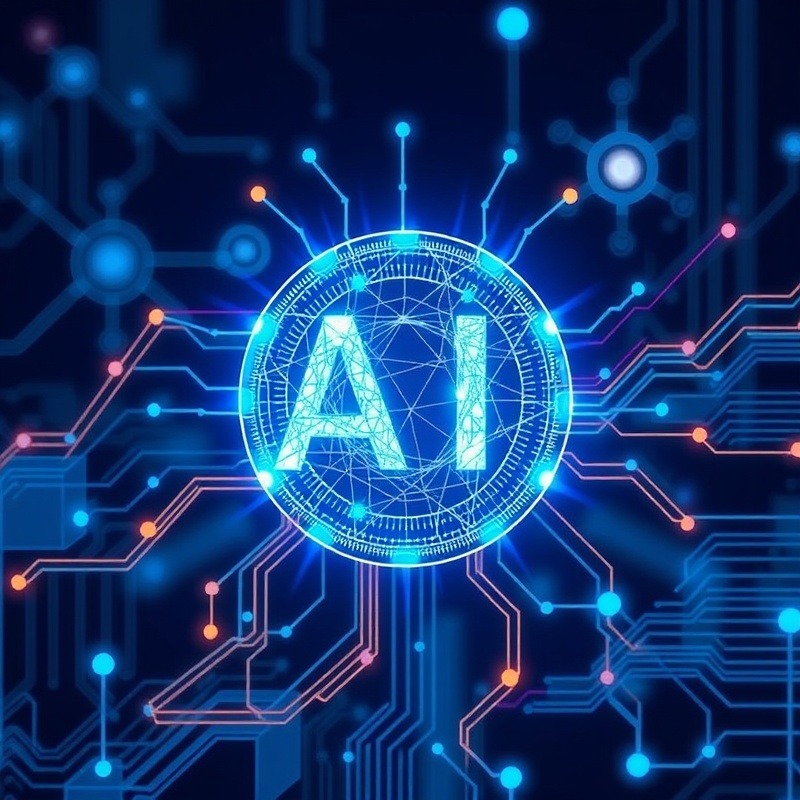Rewrite This Text

Unlocking AI for Non-Programmers: A Simplified Guide to Boosting Productivity
In the fast-paced world of technology, gaining a competitive edge doesn't always require knowing complex programming languages. For non-programmers, leveraging artificial intelligence tools can dramatically enhance workflow efficiency and effectiveness.
The Importance of AI in Modern Work Environments
Artificial Intelligence is no longer the domain of tech experts alone. Today, it's transforming workplaces across various fields. From automating mundane tasks to providing actionable insights into data, AI tools are shaping the future of how we work. Every professional can benefit from understanding AI's capabilities, especially as it becomes integral to Agile Project Management.
Future Trends in AI Utilization
As AI continues to evolve, the opportunities for non-programmers to utilize these tools will expand. Future trends indicate a rise in user-friendly AI interfaces, making it easier for individuals without programming skills to implement AI in their daily tasks. This shift allows organizations to operate more efficiently, empowering employees to focus on strategic initiatives rather than routine processes.
Real-Life Success Stories
Consider companies that have already embraced AI tools to streamline operations. For instance, HR departments utilize AI to screen resumes quickly, while marketing teams use AI analytics to tailor campaigns better. These examples highlight the practical advantages of integrating AI into diverse work processes, providing insights and increasing productivity.
 Add Row
Add Row  Add
Add 




Write A Comment